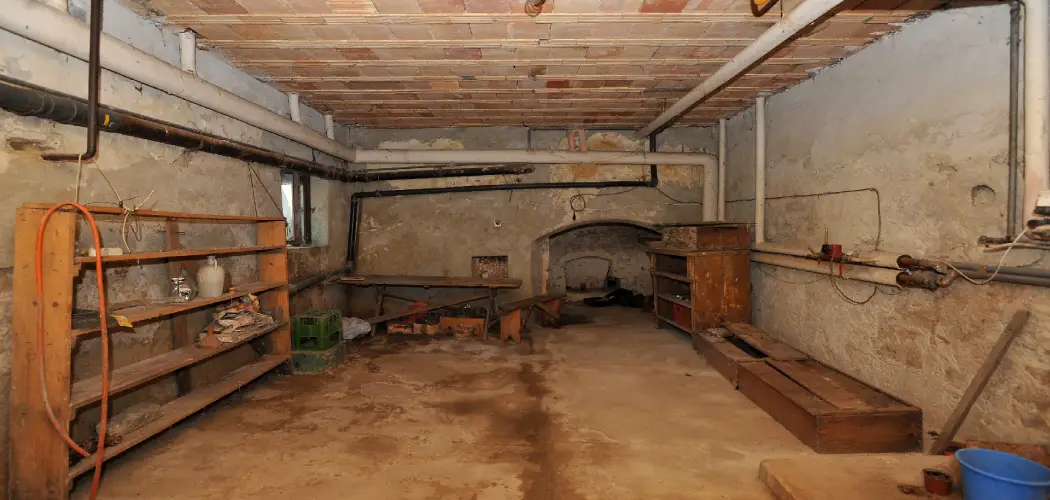Are you worried about your basement becoming unbearably hot and stuffy during the summer months? Do you wish there was an inexpensive and easy way to cool it down but are stuck because you don’t have any windows that could provide natural ventilation?
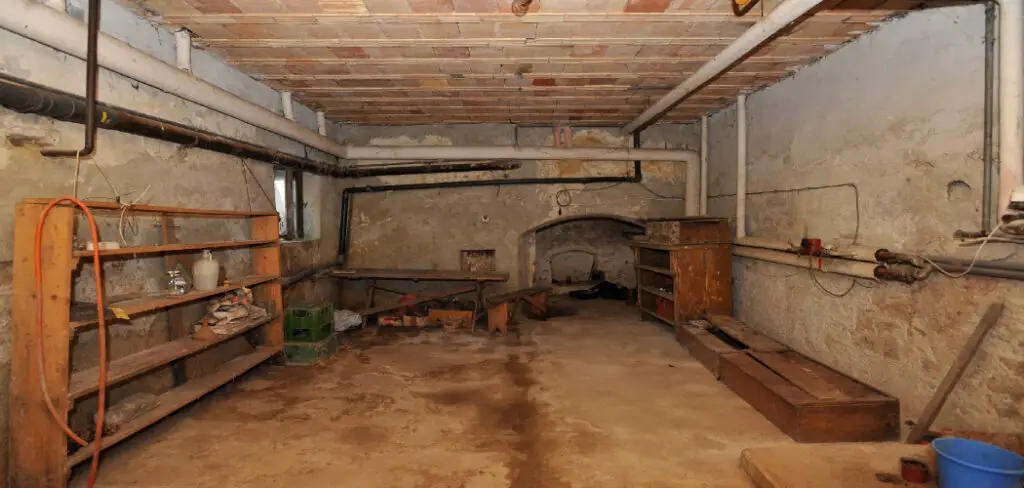
If this sounds like a familiar challenge, then rest assured – we’re here today to provide some helpful advice on how to beat the heat in your closed-off basement. In this post, we share key tips for how to cool a basement with no windows through simple DIY methods or cost-effective upgrades. Read on to learn more!
Are Basements Unhealthy to Live in?
The health of a basement depends on the quality of its air and environment. The presence of mold, mildew and other airborne contaminants can make a living in a basement unhealthy. Poor ventilation can also lead to an accumulation of moisture, creating an ideal breeding ground for bacteria and fungi.
Without proper ventilation to circulate fresh air, basements can become stuffy and cause respiratory problems. Radon gas is another potential health hazard, as it can accumulate in basements and reach dangerous levels without proper ventilation.
To ensure a healthy living environment, it is important to properly ventilate a basement by installing windows or another opening for fresh air circulation. Additionally, maintain good housekeeping practices to keep out dust, dirt, and other contaminants.
Finally, be sure to test for radon gas periodically and take action if appropriate levels are discovered. With these measures in place, a basement can provide an enjoyable living environment that’s both comfortable and healthy.
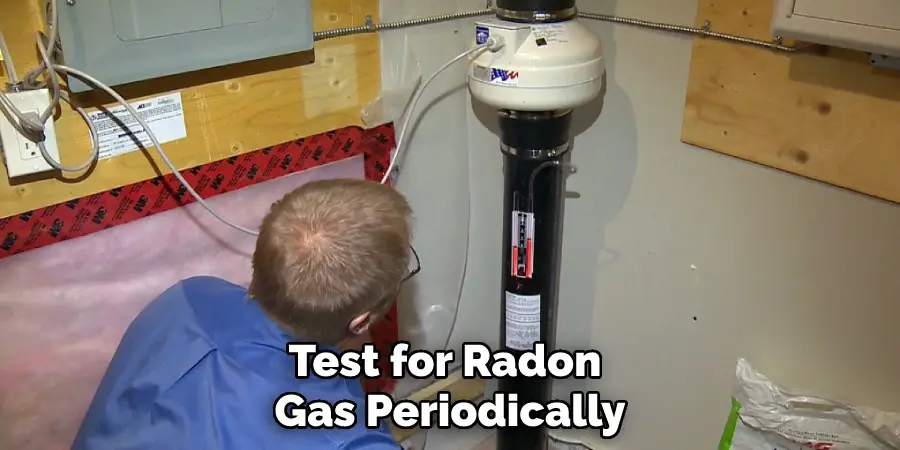
In addition to making the air quality healthier, proper ventilation is also essential in keeping a basement cool during hot weather. Without adequate air circulation, the temperature in a basement can become unbearable without any windows to open for relief. Fortunately, there are several ways to cool a basement with no windows and make it comfortable year-round.
10 Methods on How to Cool a Basement with No Windows
1. Use a Fan
One of the simplest and most effective ways to cool a basement with no windows is to use a fan. Fans create a wind chill effect that can make a room feel up to 10 degrees cooler. Additionally, fans help to circulate air and can prevent stuffiness in a basement.
If possible, place a fan near the entrance of the basement to create a cross-breeze that can help draw in cooler air from outside. If the basement is already stuffy, a fan can provide relief. To get even more cooling power, consider using an evaporative cooler or swamp cooler. These machines use water to create a cooling effect and can be used in conjunction with fans for maximum air circulation.
2. Install an Air Conditioner
If you want to cool your basement more effectively, you may want to install an air conditioner. Air conditioners work by removing heat from the air and can make a room feel up to 20 degrees cooler. However, air conditioners can be expensive to operate, so be sure to do your research before purchasing one.
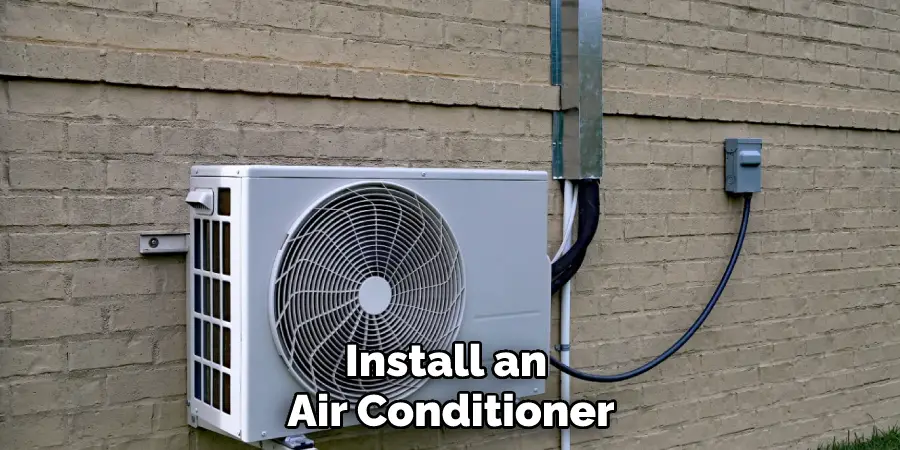
Also, if you have a small basement, you may want to consider a window unit instead of a central air conditioner. Window units are more affordable and easier to install. Before purchasing an air conditioner, measure your windows and doorways to make sure you get the right size for your basement.
3. Insulate the Walls and Ceiling
Another way to keep your basement cool is to insulate the walls and ceiling. This will help to prevent heat from entering the basement and will also keep cool air from escaping. Be sure to use insulation that is specifically designed for basements, as regular insulation may not be as effective.
This may require some additional work, such as running electrical wiring or plumbing, but it will be worth it in the end. You can also use insulation boards or spray foam insulation to help keep the basement cool. Additionally, consider adding a vapor barrier to the walls and ceiling in order to prevent moisture from seeping in and making the basement feel colder.
4. Use Reflective Materials
You can also use reflective materials to keep your basement cool. Reflective materials reflect heat away from the surface they are applied to, which can help to keep a room cooler. Some examples of reflective materials include aluminum foil and white paint.
Applying these materials to the walls and ceiling of your basement can help to keep it cooler. Make sure that any reflective materials you use are rated for the temperatures in your basement. If the material is not rated for the temperatures in your basement, it may not be as effective. Finally, be sure to remove any reflective materials before winter, as they can create a chill in the room.
5. Hang Curtains or Blinds
Hanging curtains or blinds over windows can also help to keep a basement cool. This is because they block out sunlight, which can help to prevent heat from entering the room. Additionally, curtains and blinds help to insulate a room by trapping air between them and the window. This can help to keep cold air in and warm air out. Curtains and blinds also come in many styles and colors to match any decor, so you can still have a stylish basement and keep it cool at the same time.
6. Seal Gaps Around Doors and Windows
One way for cool air to escape a basement is through gaps around doors and windows. To prevent this, be sure to seal any gaps with caulk or weatherstripping. This will help to create an airtight seal that will keep cool air in and hot air out. Additionally, you can install insulated curtains or blinds to further help prevent the heat from entering your basement.
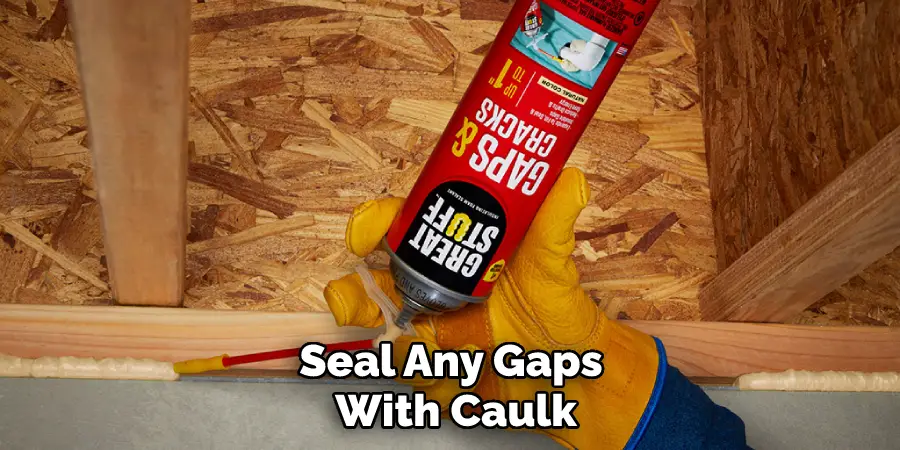
This is especially important if you have windows in your basement. If you don’t have windows, be sure to seal any gaps around doors that lead outside. The same goes for vents or other openings in the walls and floors. Sealing off any openings will help to keep your basement cool and comfortable.
7. Use a Dehumidifier
Another way to keep your basement cool is by using a dehumidifier. Dehumidifiers work by removing moisture from the air, which can make a room feel cooler as well as prevent mold growth. Be sure to empty the dehumidifier regularly so that it doesn’t become overloaded and stop working properly. Also, if possible, keep the dehumidifier away from any sources of heat, like appliances or windows. This will help ensure that your basement remains cool and comfortable.
8. Plant Trees or Shrubs Around the House
If you want a long-term solution for keeping your basement cool, you may want to plant trees or shrubs around the house. This will provide shade for the house, which will help to keep it cooler in the summer months. Additionally, trees and shrubs help to reduce wind speed around the house, which can also help to keep it cooler.
Be sure to choose varieties that are suited to your climate and soil conditions. Additionally, planting trees or shrubs will require regular maintenance, such as watering, pruning, and fertilizing. So be sure to factor this into your plans before planting. But with a little effort, you can enjoy the cool comfort of a shady, sheltered basement for years to come.

9. Install a Ductless Mini Split System
Ductless mini-split systems are an energy-efficient option for cooling a basement with no windows. These systems use two units, one mounted outside the home and one inside, to transfer heat from indoors to outdoors. This is a great option for those who want to cool their basement but don’t have access to traditional ductwork.
The outdoor unit works like any other air conditioning system, drawing in outside air and cooling it before transferring the cooled air to the indoor unit. The indoor unit then moves the air into the basement. This system is relatively easy to install and offers efficient, quiet cooling power.
10. Use Refrigerator or Freezer Coils
One final way to cool a basement is by using refrigerators or freezer coils. You can purchase coils at your local hardware store and then attach them to the walls of your basement in order to create an air conditioner effect. While this may not be as effective as other methods, it can still help to keep a basement cool.
By following these tips, you can easily and effectively cool a basement with no windows. Be sure to research your options thoroughly before making any decisions so that you can choose the best option for your needs.
Conclusion
There are a number of ways to cool a basement with no windows. Some people may opt for an air conditioner, while others might choose a Fan Manhattan or another type of fan. Others might use a dehumidifier to remove the moisture from the air, which can also help to keep the basement cooler.
Ultimately, it is up to the homeowner to decide what method will work best for their needs and budget.
If you have any other questions about cooling a basement with no windows, or if you want to learn more about how to cool a basement with no windows, be sure to check out our other blog posts. Thanks for reading!

